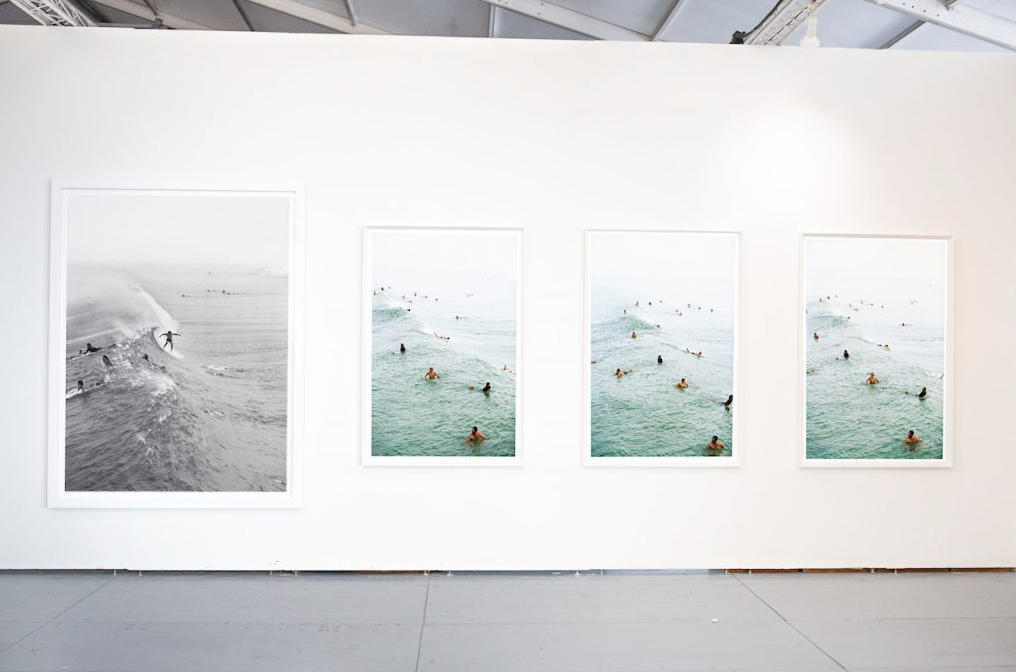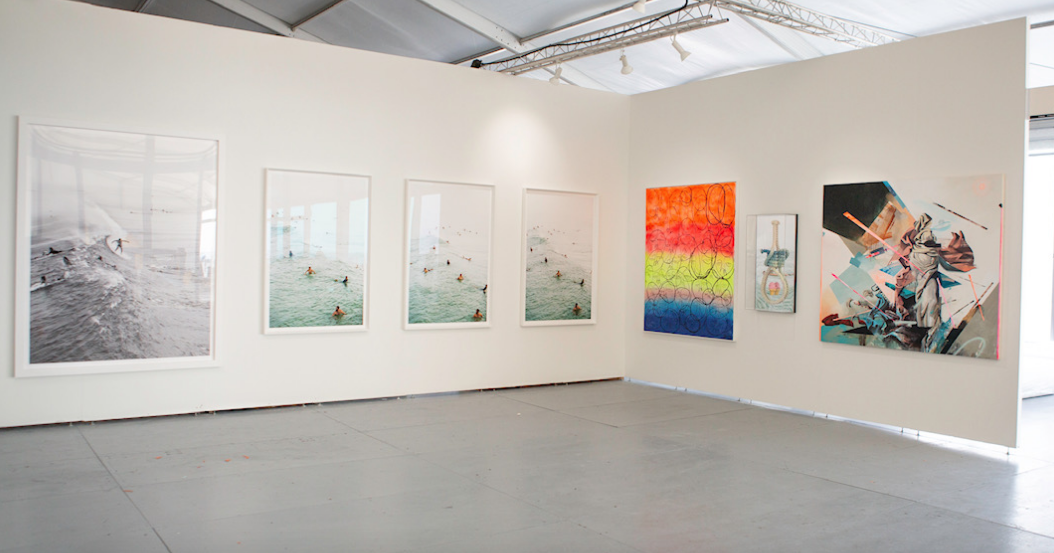Written by Hansel Huang and published by Sara Nardea
Picture a happy marriage. Two counterparts, check. One shared path, check. Two egos under one roof. Oof, conflicts and correlation coexist. What matters, at the end of the day, is the synergy it brings out. That might just be the often tantalizing, occasionally troublesome relationship between art and design. Of course the line between them has been severely blurred. One may even argue that there’s no point in trying to tell them apart. But indulge me.
This leads to the design of an art gallery for the future. What does it look like? It might resemble something out of Stanley Kubrick’s “2001: A Space Odyssey”, gaudy and glitzy, with whimsical VR experiences at our disposable; or maybe the physicality may not change at all. Maybe it’s the business and the intention behind it that differentiate.
After previously directing two galleries, Ashley Ramos wanted to build a gallery for the future. She tells me, with a great sense of self-assurance and modesty, that her vision is to see space, the literal and the metaphorical, more holistically and to leverage that intricate relationship between art and design. The gallery’s name Cur8 not only indicates its selection of art and artists, but also the architecture of a sustainable gallery business for the decade(s) to come.
A true visionary, Ashley adopts an approach that keeps the art pure, that allows the art to serve the purpose it’s supposed to serve – to inspire, to provoke, to raise questions – and concentrated on the design of the business model supporting it. Throwback to Art Basel Miami, which was a great success for the gallery to put its name on the map. If we look at the roster of artists the gallery showcased, the diversity is transcendent – from Dan Hampe’s exquisite space-opening paintings to Harif Guzman’s media play, from Juan Lamarca’s minimalistic wave catching photography to Sue Tsai’s social satire, not to mention Javier Martin’s marvelous “Blindness” series. The value of art lies in the quality of conversations it stimulates. After all, a piece of art is defined by the purpose it serves.

Ashley examines the ecosystem of the art world with rare consciousness and insight. Going beyond the short-term glorification of sales, the gallery wants to build connections that last in the long run, whether with artists, investors or you, the audience. Every stakeholder matters. “Well, that’s the goal!” Ashley commented with a chuckle. Asking the W questions – what, where, who, why – magnifies the power of curation with a robust value proposition. As an example, Cur8 works with clients like tech startups to provide art advisory services, where art pieces can be renewed from time to time to keep things fun and fresh. Anyway, good things are happening.
Perhaps there really is no point to tell them apart too clearly, art and design, if you marry them like Ashley did, with respectful boundaries to create synchronicity. A future-proof marriage may not necessarily be a happy marriage. But a future-proof gallery is definitely one you should keep an eye on.


